Understanding Quranic Stop Signs with Illustrations | Free Tajweed Course

Understanding Quranic Stop Signs with Illustrations | Free Tajweed Course 1. Essential Quranic Stop Signs – الْوَقْفُ الَّازِم Stop that allows the sentence to be complete grammatically and in terms of meaning. This stop is called “perfect” because the speech is complete and independent of what is after it. He is represented in […]
Mastering the Art of Silence – السَّكْتُ | Free Tajweed Course

Mastering the Art of Silence – السَّكْتُ | Free Tajweed Course Silence, also known as ‘Sakt’ – السَّكْتُ, is a brief pause in Quranic recitation where one does not resume breathing to continue reading. This pause takes two distinct forms: Compulsory Silence: A pause that is obligatory and prescribed by the rules of Tajweed. […]
Commencing and Concluding Quranic Recitation | Free Tajweed Course

Commencing and Concluding Quranic Recitation in Tajweed Rules When engaging in the profound act of reading the Holy Quran, it’s essential to understand that one cannot simply pause at any moment. Therefore, it is crucial to acquaint oneself with the various forms of stops that guide this sacred practice. This aspect of Quranic reading […]
The assimilation of two letters | Free Tajweed Course
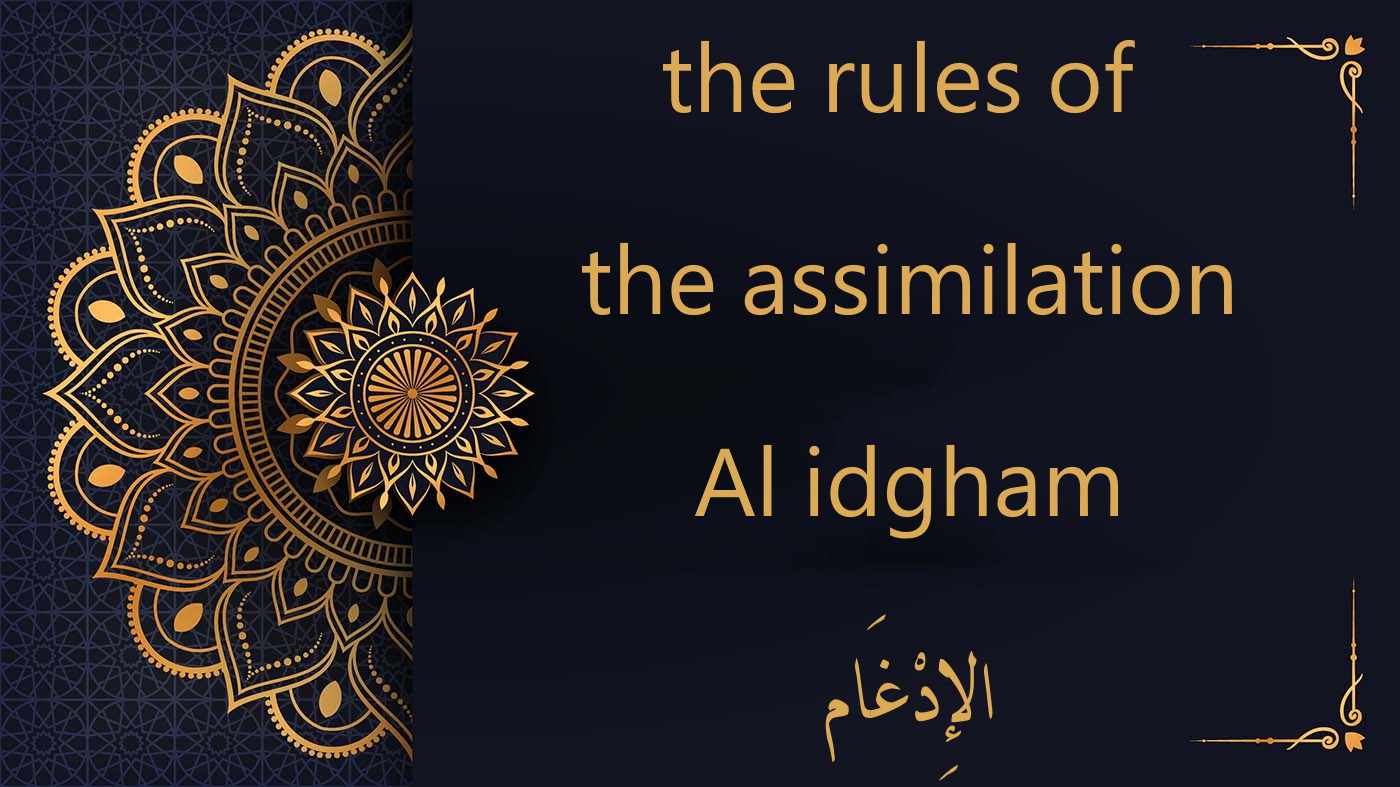
Tajweed rules of the Assimilation of Two letters Al Idgham In the rich tapestry of the Arabic language, the term ‘assimilation’ or ‘idgham’ metaphorically captures the essence of one entity merging seamlessly into another. Within the realm of Tajweed, this signifies the blend of the first letter into the subsequent one. It’s a harmonious […]
Pronouncing Hamza in the Quran: Free Tajweed Rules Lesson
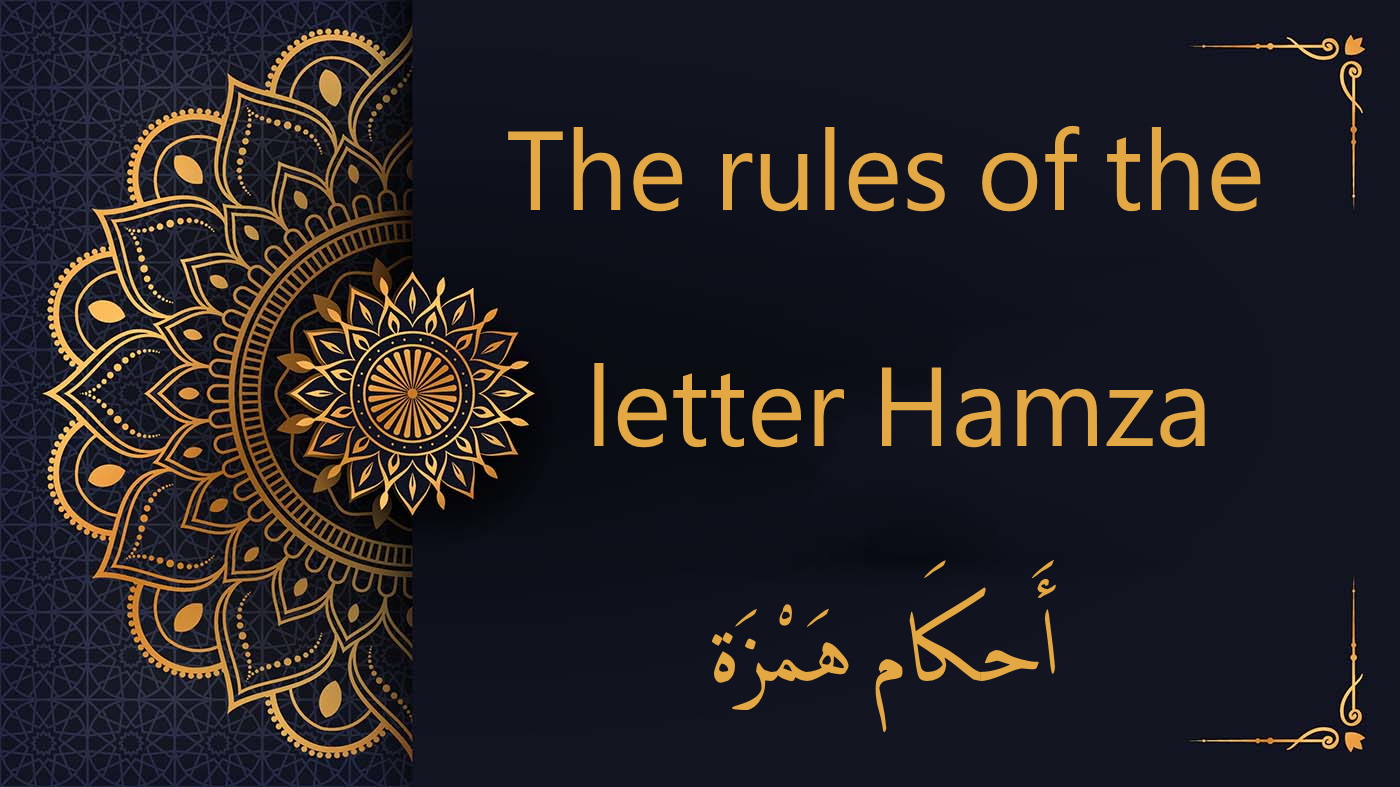
The Tajweed Rules of the Hamza Letter In the sacred text of the Holy Quran, the letter hamza (ء) manifests in two distinct forms: Hamza Al-Wasl: Unique in its application, Hamza Al-Wasl exclusively appears at the onset of words. Its pronunciation hinges on its position within a verse. When it stands at the commencement […]
the rules of the letter Lam | Free Tajweed Course
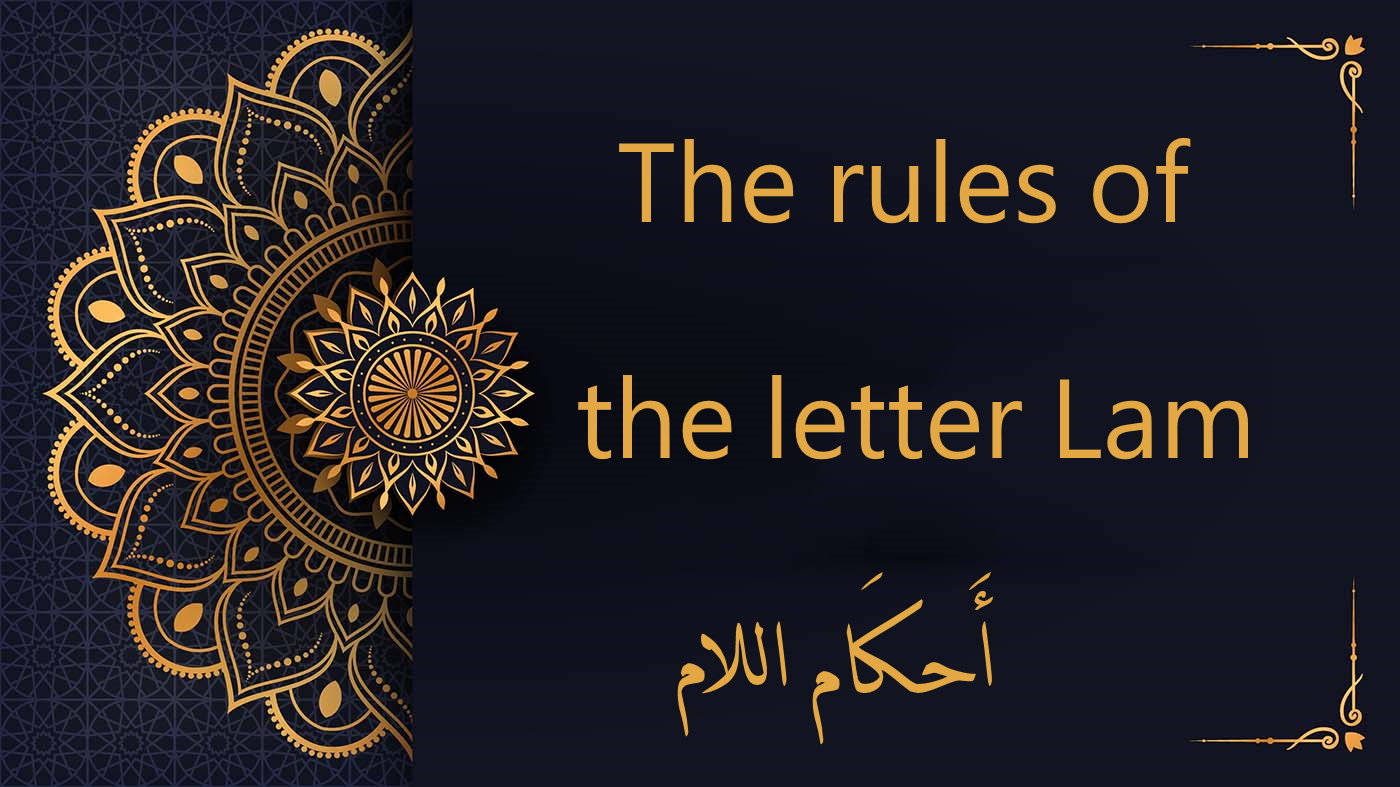
Mastering the ‘Lam’ Letter: A Comprehensive Tajweed Guide 1. Recitation of the Letter Lam (ل): Always Light, Without Emphasis Recitation of the Letter Lam (ل) in the Arabic language carries its own set of intricate rules, ensuring the beauty and fluency of the spoken word. One fundamental rule is its generally light pronunciation, where it […]
Understanding the Role of Alif | Free Tajweed Lesson

Tajweed Rules: Understanding the Role of Alif The Letter Alif (ا) in Tajweed: A Dual Pronunciation In the realm of Tajweed, the science of Quranic recitation, the letter Alif (ا) takes on a unique role. It can be pronounced in two distinct ways, each with its significance: 1. Emphasis (Tafkheem): When reciting Alif […]
Mastering the Letter Ra (ر) | Free Tajweed Lesson
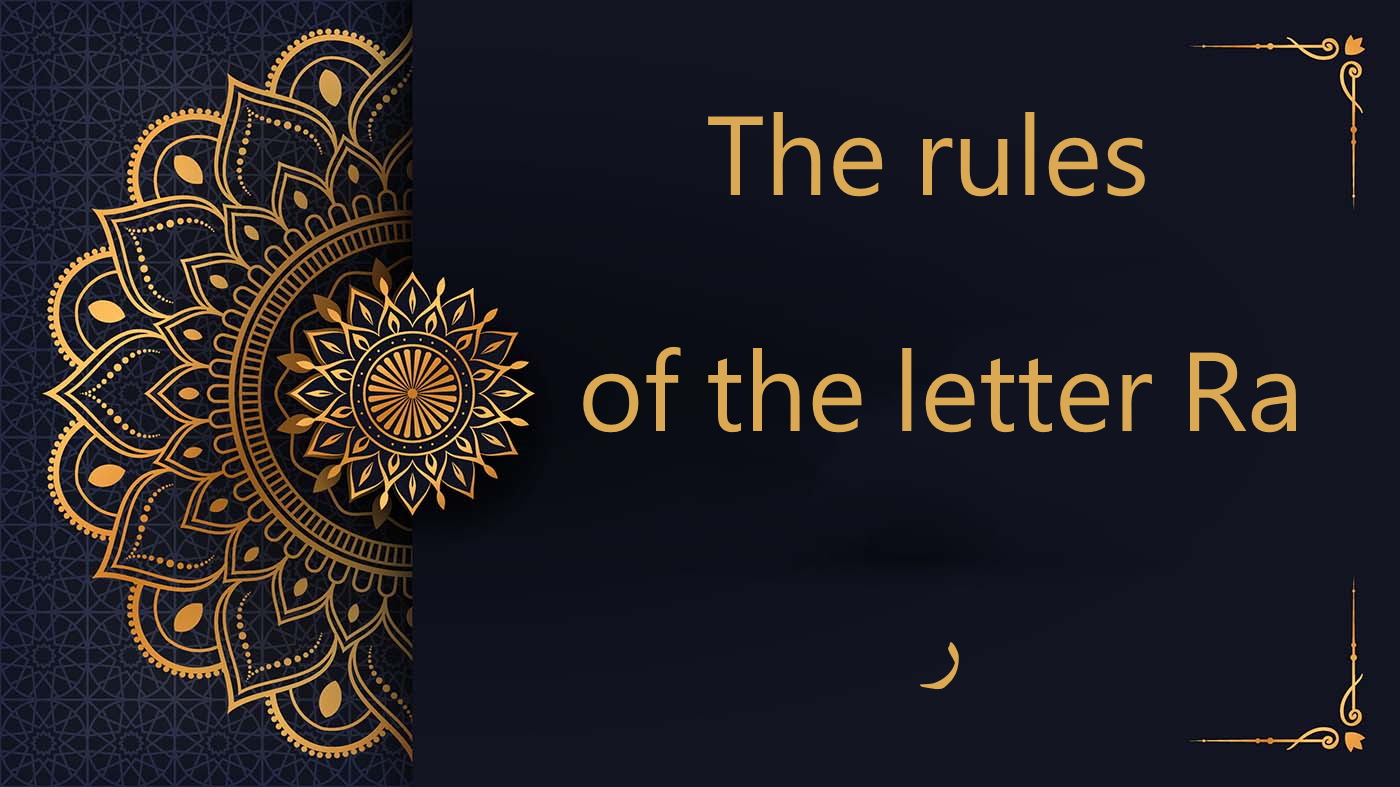
Mastering the Letter Ra ر | Free Tajweed Lesson Exploring the Nuances of Pronouncing the Arabic Letter “Ra” (ر) In the realm of Tajweed, the correct pronunciation of the Arabic letter “Ra” (ر) is a fundamental aspect of accurate recitation. When it comes to this letter, there are two distinct ways to pronounce it: […]
Unlocking Al-Qalqala: The Art of Resonance | Free Tajweed Rules Course

Unlocking Al-Qalqala: The Art of Resonance | Free Tajweed Rules Course Qalqala: Resonance in Arabic Pronunciation In the Arabic language, “qalqala” is a term that evokes a sense of restlessness, instability, and disturbance. Interestingly, this concept is not only linguistic but also acoustic in nature. Qalqala refers to a phenomenon that occurs with certain […]
Tajweed Mastery: The Essentials of Prolongation Rules
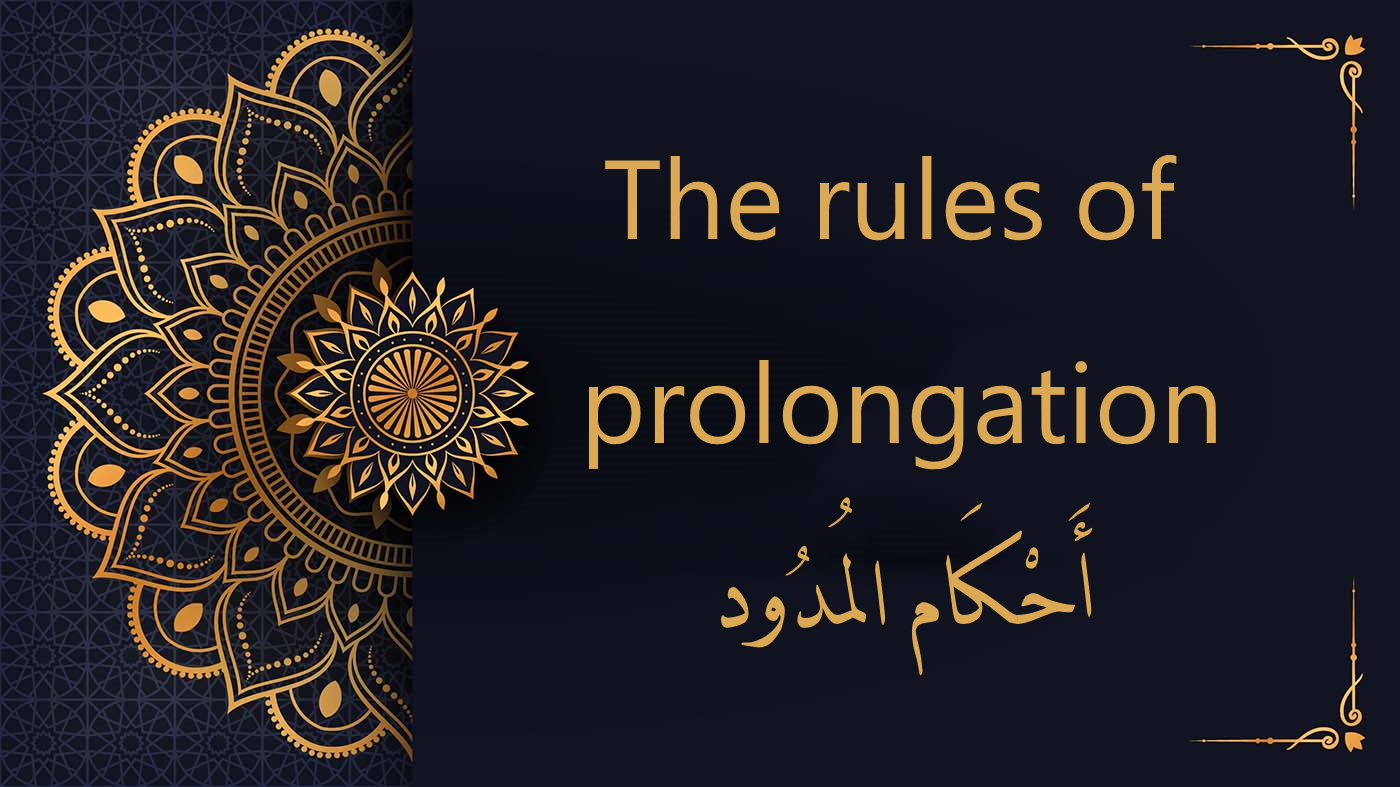
Tajweed Mastery: The Essentials of Prolongation Rules In the realm of the Arabic language, the term “madd” is used, which can be translated as “extension” or “prolongation”. Within the framework of Tajweed rules, “madd” refers to the elongation of a sound when pronouncing certain letters. The Arabic script is characterized by: Three […]

